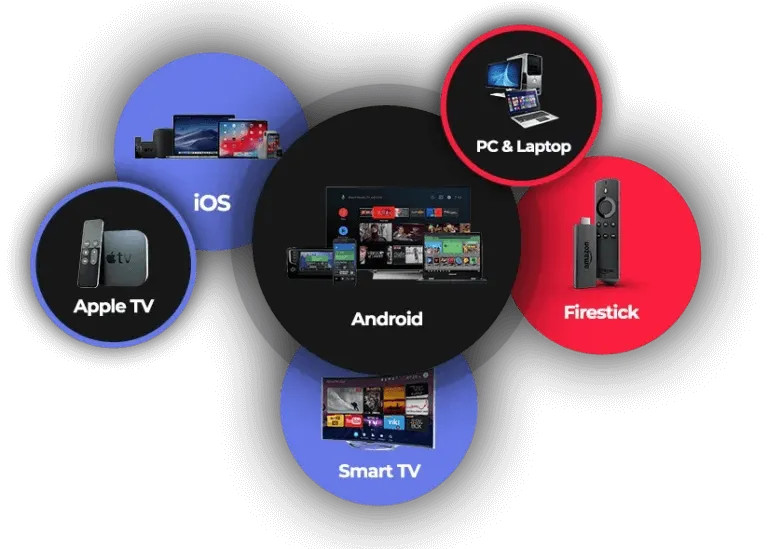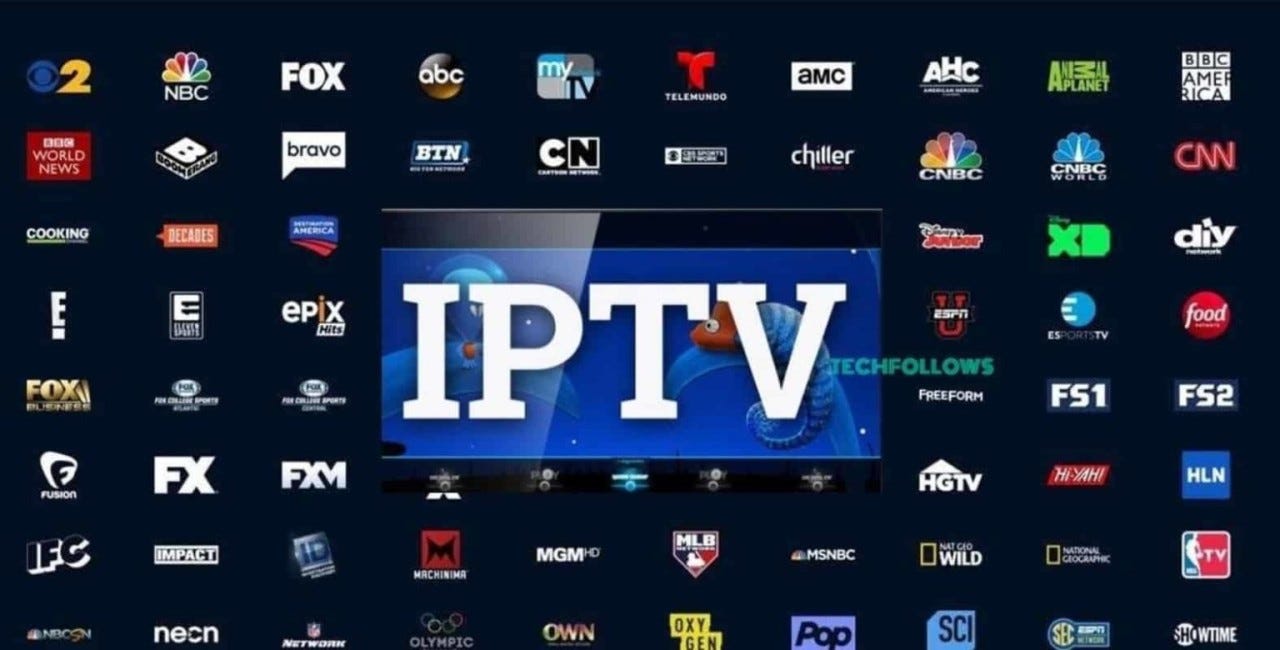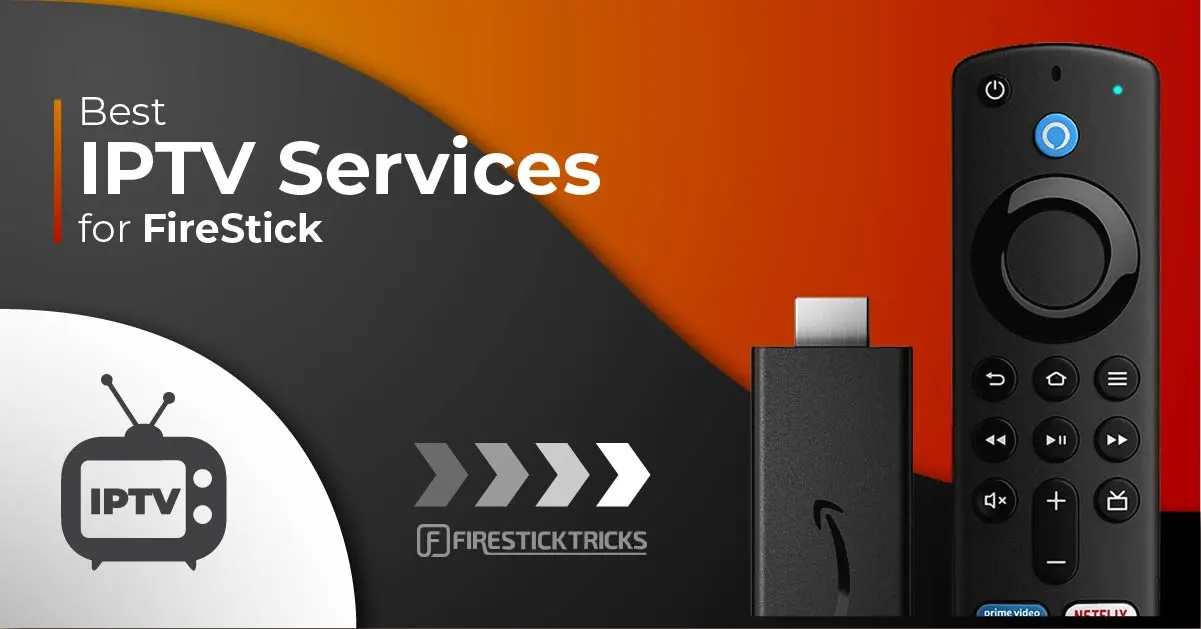Just How IPTV Functions: A Step-by-Step Guide to Net Procedure Television Innovation
Web Protocol Television (IPTV) has changed the means we eat tv web content, providing a brand-new world of possibilities with the power of the internet. Understanding the complexities of just how IPTV works can lose light on the innovation that drives this innovative kind of media delivery. From the basic concepts of IPTV to the intricate procedure of web content delivery, each action plays a vital duty in ensuring a seamless watching experience. In this guide, we will discover the underlying devices that make IPTV an interesting fusion of innovation and entertainment.
IPTV Basics
In recognizing IPTV basics, it is crucial to understand the basic workings of this modern technology in supplying television web content over the net. IPTV, which stands for Internet Protocol Television, makes use of Web Protocol (IP) networks to transmit tv material to customers' tools. Unlike typical methods of broadcasting television content via cord or satellite signals, IPTV streams media with high-speed net links.

Additionally, IPTV permits interactive capabilities, such as video on demand (VOD) and electronic program overviews (EPG), boosting the individual experience by offering more control and flexibility in accessing content. Generally, recognizing the essentials of IPTV sets the structure for discovering its even more advanced capabilities and the benefits it offers to modern television usage.
Content Delivery Refine
Reliable web content delivery in IPTV systems entails a well-structured process that ensures smooth transmission of tv material over IP networks. The material delivery procedure in IPTV begins with the production of the video clip content, which is then inscribed right into digital style suitable for IP transmission.

Middleware Functionality
With the integration of middleware, IPTV systems gain enhanced performance that enhances individual interaction and web content management. Middleware works as an essential element that connects the void between the interface and the back-end facilities, helping with seamless communication and communication within the IPTV system. One of the vital functions of middleware in IPTV is to allow customized user experiences by offering functions such as interactive program guides, video-on-demand services, interactive advertising, and user choices administration. By streamlining these performances through middleware, provider can use a much more vibrant and tailored IPTV experience to their customers.

Device Compatibility
Provided the essential function of middleware in allowing seamless interaction and web content monitoring in IPTV systems, a critical element to think about is the compatibility of tools used for accessing the IPTV solutions. Tool compatibility is important for guaranteeing a smooth customer experience and optimal performance when accessing IPTV web content.
In the context of IPTV, device compatibility refers to the capacity of a device to successfully engage with the IPTV service, show content appropriately, and support the essential methods and codecs for streaming video clip content online. Different devices, such as wise Televisions, set-top boxes, smartphones, tablets, and computers, may have varying levels of compatibility with IPTV solutions.
To guarantee a seamless viewing experience, it is essential for customers to pick gadgets that are suitable with the specific IPTV solution they are making use of. In addition, IPTV provider ought to offer assistance for a vast array of devices to provide more to the varied demands of their individual base. By prioritizing gadget compatibility, both customers and company can improve the general IPTV experience.
Quality of Solution (QoS)
Taking into consideration the crucial duty of maintaining a high criterion of performance and reliability in IPTV systems, ensuring constant Top quality of Solution (QoS) stays an essential element of the individual experience. QoS in IPTV refers to the ability of the system to supply content with marginal disruptions, high resolution, and quickly filling times.
Provider employ QoS devices such as web traffic prioritization, buffering, and mistake improvement to maintain a steady IPTV solution. By prioritizing IPTV web traffic over much less time-sensitive information, service providers can ensure smooth playback even he said during peak use hours. Buffering aids make up for network variations, while mistake adjustment strategies boost information stability.
Continuous surveillance and optimization of QoS specifications are important to adjust to altering network problems and individual demands. Ultimately, a durable QoS framework is essential for providing a smooth and satisfying IPTV experience to individuals.
Verdict
In conclusion, IPTV operates through the transmission of tv material over web method networks. The modern technology includes a systematic procedure of material distribution, helped with by middleware functionality to make sure compatibility throughout different gadgets. Quality of Service plays a crucial role in maintaining the performance and reliability of IPTV solutions. Understanding the basic principles of IPTV is vital for grasping the ins and outs of this cutting-edge television innovation.